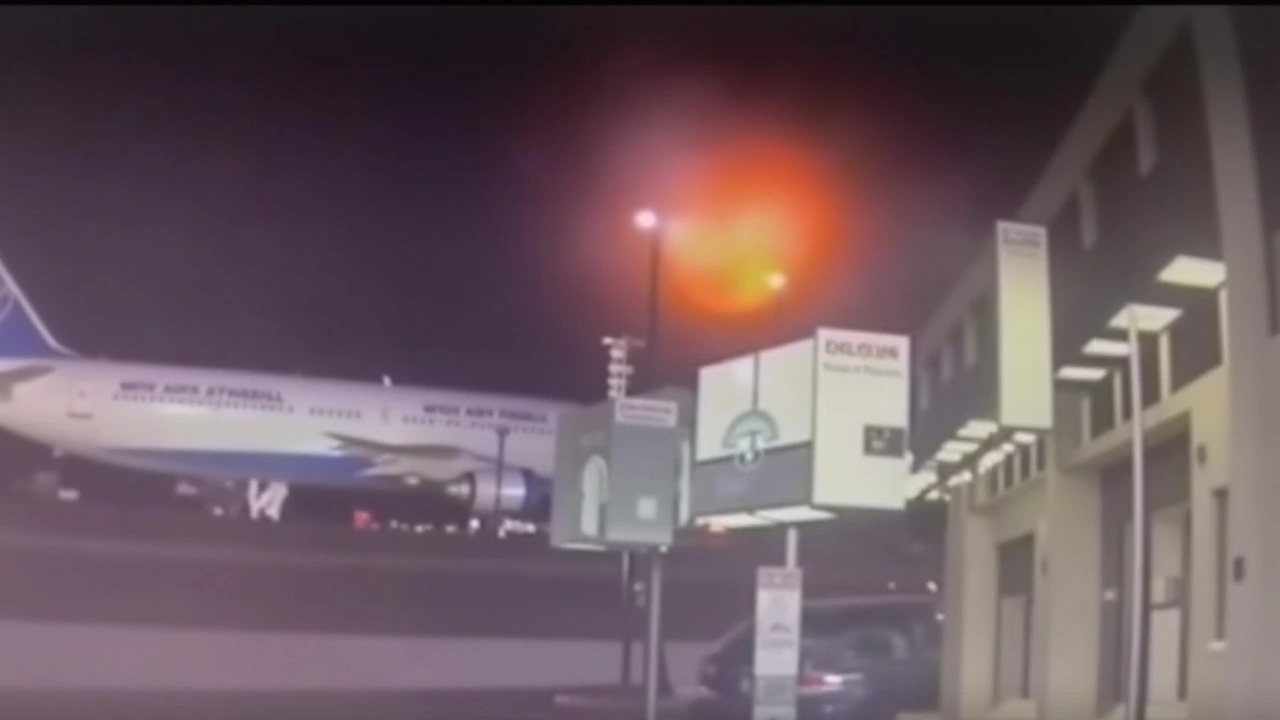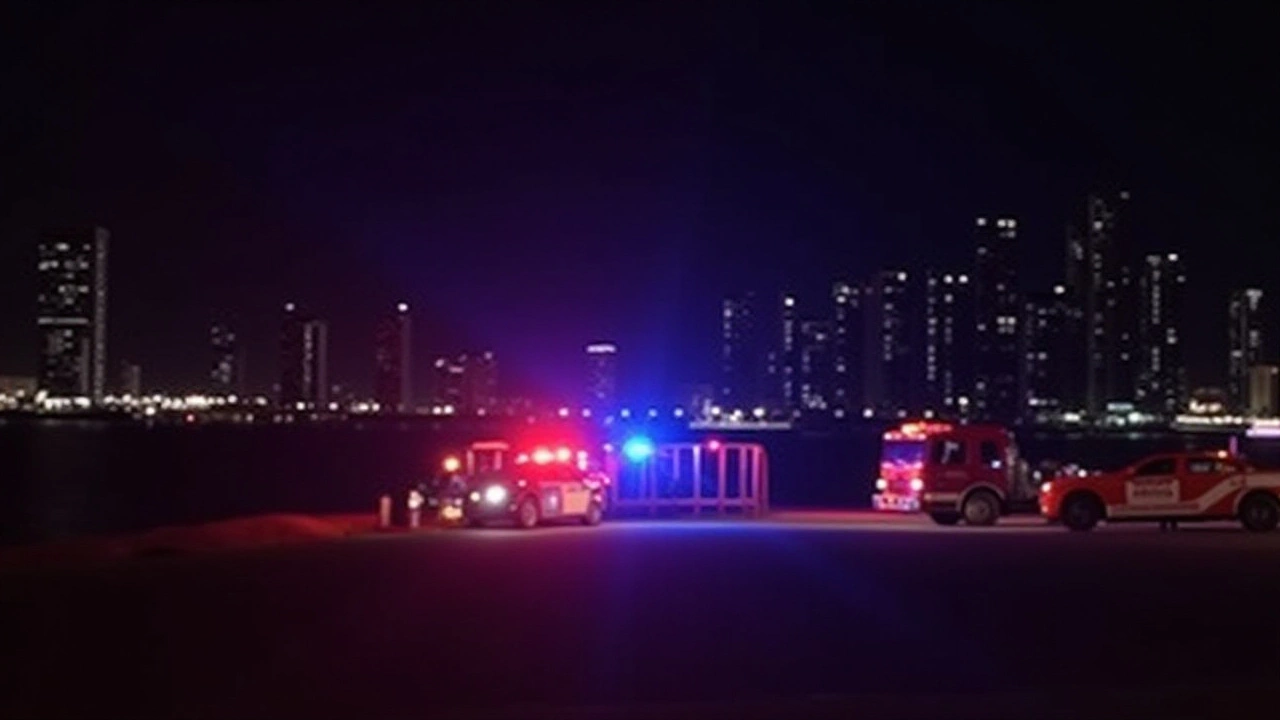Mid-Air Collision Causes Chaos Over Washington D.C.
January 30, 2025, will be remembered as a tragic day in aviation history due to a catastrophic mid-air collision involving a passenger plane and a helicopter over Washington D.C. The unsettling incident sent shockwaves across the aviation community and spotlighted critical concerns regarding aviation safety and the effectiveness of current air traffic control protocols.
The serene winter morning was shattered when a passenger plane collided with a helicopter, leading to severe damage to both aircraft. Witnesses reported the plane breaking into multiple pieces, plummeting into the icy waters below. The helicopter, in a bizarre turn of events, ended up upside down on the river's surface, creating a scene of utter devastation. Emergency response teams rushed to the site, but the chaos and the need for urgent rescue efforts were immediately apparent.
An Investigation into the Cause
As investigators sift through the wreckage, the cause of this dire collision remains a pressing question. Early speculations point towards a possible failure in communication or a lapse in air traffic control procedures. In a city that sees heavy air traffic daily, the balance of managing the skies has been a challenging yet crucial responsibility of aviation authorities. Ensuring that technology and human oversight function seamlessly is an objective yet complex goal in urban airspace management.
Officials have yet to disclose the identities or the number of passengers and crew involved in the incident. The absence of this vital information has only intensified the public's concern and fear. Family members of those potentially affected are urged to remain patient as rescuers and investigators work tirelessly to offer clarity amidst the tumult.
Public Pressure for Enhanced Safety Measures
The incident has ignited a robust discussion among experts and the general public about the state of aviation safety in crowded airspaces. Calls for stricter regulations and enhanced safety protocols have become increasingly vocal. Amidst the speculation, one thing is clear: the need for comprehensive risk assessment and proactive precautionary measures in the aviation industry is more urgent than ever.
Aviation authority spokespersons have assured the public that a meticulous investigation is underway. The objective is not only to uncover the exact factors that led to this incident but also to prevent similar occurrences in the future. While aviation remains one of the safest modes of transportation, this tragic event highlights the potential consequences of operational oversights and technological failures.
The international aviation community reacts
Globally, this incident has prompted reactions from various aviation bodies. International aviation organizations have expressed their sympathy and pledged to support the investigation and the implementation of resulting recommendations. With international air travel being an interconnected network, ensuring a unified safety protocol has become a priority for aviation regulators worldwide.
In the coming days, more details will emerge, shedding light on the full impact of this collision. For now, the focus remains on ensuring that rescue operations are conducted efficiently and that safety audits are expedited. As the story develops, stakeholders across the aviation sector are urged to collaborate closely to enhance flight safety and regain passengers' trust.

Long-term Safety Reforms Await
Looking forward, the lessons learned from this calamity could pave the way for transformative recommendations in air traffic control and aviation safety management. Officials may need to consider innovations in automatic collision warning systems, enhanced pilot training programs, and revisited airspace management policies.
The resilience of air travel lies in its ability to adapt and learn from such incidents. While the world waits with bated breath for answers, a unified call for action echoes in the corridors of aviation ministries and agencies. The mid-air collision over Washington D.C. serves as a solemn reminder of the intricate dance between human oversight and technology, and the everlasting quest for a safer, unfettered sky.
As authorities piece together the events that led to this tragedy, the narrative of vigilance in aviation safety continues to evolve. Solutions emerging from such investigations not only aim to fix immediate vulnerabilities but also fortify the broader landscape of global air travel. With a collective effort, the aspiration for secure skies remains an attainable goal.
